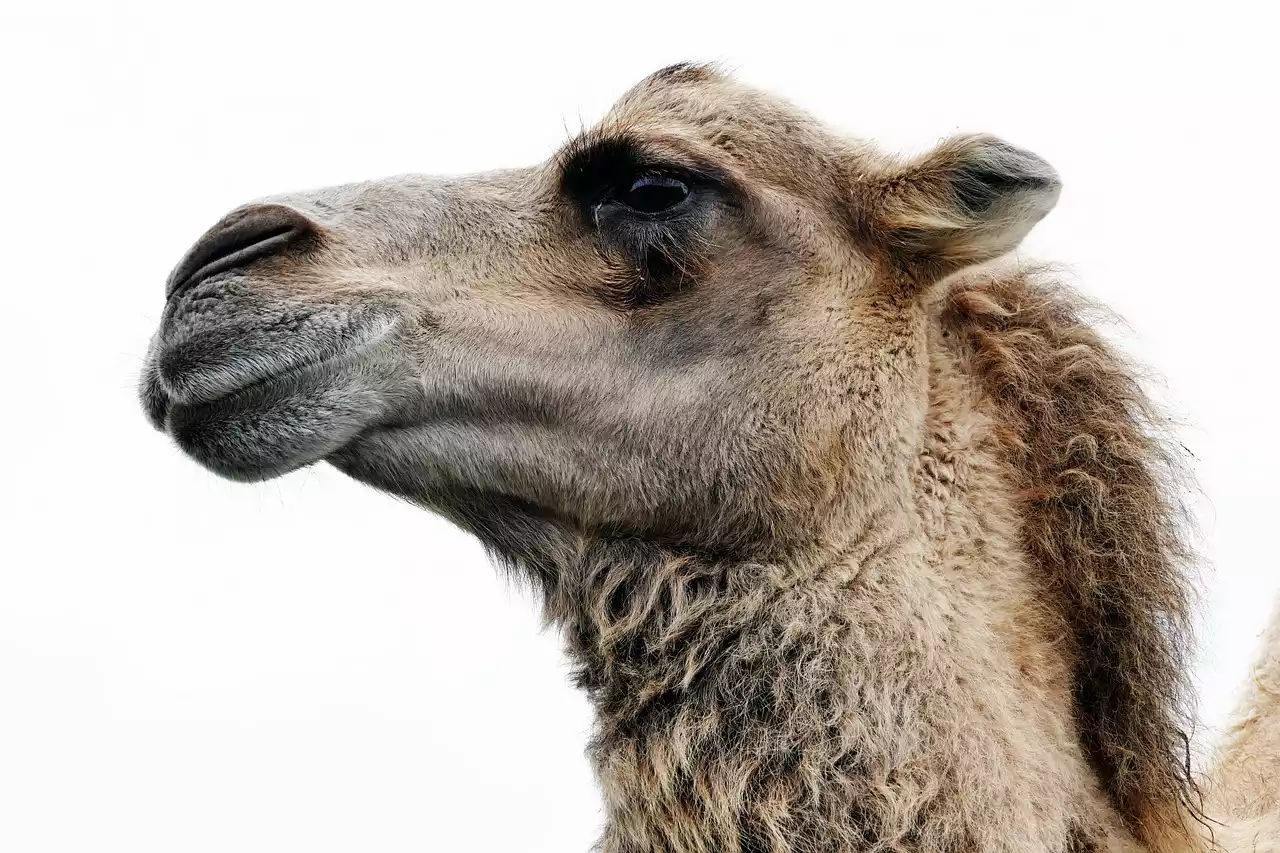Plant reproduction is how plants produce new offspring. This can be achieved through a variety of processes, such as pollination, seed production, and vegetative reproduction. Plants need to reproduce to continue their species, and this is how they do it! New York Botanical Garden defines plant reproduction as “the process by which individuals of a plant species produce new plants or offspring.” The word "reproduction" might conjure images of humans and animals -- but plants have their version too! It’s when a plant grows more of itself from seeds or rhizomes. Asexual reproduction is just one way that plants make copies of themselves. Learn about the types of reproduction that plants use to keep their species going!
What is asexual plant reproduction?
Asexual reproduction is the production of new organisms from existing organisms, without the involvement of recombination or genetic transfer of information between individuals. This can include fragmentation, growing from buds, sprouting from roots, or growing seeds without pollination. This form of plant reproduction does not involve meiosis or gametes and is therefore different from sexual reproduction. It can happen actively in plants that normally reproduce sexually. Asexual reproduction is common in many plants, including many crops. In some plants, it occurs as a response to adverse environmental conditions. For example, some varieties of maize (corn) can reproduce by growing new plants from the sides of the cobs. The cobs break open along the sides when they are ripe and new plants emerge from the broken surface.
Seed production
Seed production is a very common means of reproduction in plants, especially in agricultural settings. Most plants produce seeds to reproduce, but the conditions that the plant’s seeds can withstand vary greatly from species to species. When a plant is ready to reproduce, it will first create a flower. While some plants produce flowers that are found on the tops of their stems, others produce flowers below ground. The flower of a plant is an essential part of its reproductive process. The fragrant and colorful parts of a flower are usually the most noticeable, but flowers house the plant’s reproductive organs as well. Pollen, the yellow or orange dust found on flowers, is the male reproductive material for plants. Most plants rely on insects to pollinate their flowers, but a few species use weather patterns or the wind as pollinators.
Vegetative reproduction
Vegetative reproduction is the production of new organisms without the fusion of gametes, such as the sprouting of new plants from existing plants, the growth of new buds, or the germination of new plants from seeds that have lain dormant in the soil. Vegetative reproduction is a type of asexual reproduction and is used by many plant species. It can be used to produce new individuals, as well as to increase the number of organisms present. For example, plants that grow in very moist soil have a more difficult time growing roots than plants that grow in drier soil. There are also certain plants, such as orchids, that require a certain type of environment to grow.
Sexual reproduction
Sexual reproduction is the production of new plants from the fusion of gametes, such as the fusion of an egg cell from a female plant and a sperm cell from a male plant to form a fertilized zygote. The fertilized egg cell then grows into a seed, which eventually grows into a new plant. This type of reproduction is only found in flowering plants. It produces new offspring that have a different genetic makeup than either parent. It is the most common means of reproduction for plants in natural environments.
Cooperative reproductive strategies
Cooperative reproductive strategies are those in which two or more plant species trade off different reproductive activities to increase each species’ reproductive rate. For example, the orchid plants and the wasps that pollinate them are both reliant on each other for survival. If one species had to pollinate itself, its reproductive rate would be much lower. However, when a wasp pollinates an orchid, it receives food from the orchid to grow and survive. Some plants are even able to manipulate the sex of the pollinators that visit their flowers. If the plants that the insects pollinate have a specific sex chromosome, they will pass that on to the next generation of plants. If the flowers have a different sex chromosome, they will remain female. This allows the plants to ensure that they are pollinated.
Summary
Plants are capable of a wide variety of reproductive strategies. Plants can reproduce sexually, asexually, or even by using a combination of the two. Asexual reproduction is done by growing new organisms from parts of existing organisms, while sexual reproduction is done by combining the genetic material from two different plants to form a new plant. There are many different types of cooperative reproductive strategies between plants, including pollination, when one species transfers pollen to another, and symbiosis, when two different species live beside each other.


 Exploring AI-Powered Fitness and Wellness Apps
Exploring AI-Powered Fitness and Wellness Apps
 Fintech and Trading from Home
Fintech and Trading from Home 10 AI Tools to Boost Your Productivity at Work
10 AI Tools to Boost Your Productivity at Work The Science of Plants' asexual reproduction
The Science of Plants' asexual reproduction The 5 Stages of Plant Reproduction
The 5 Stages of Plant Reproduction How Pollination affects the Ecosystem
How Pollination affects the Ecosystem An Insight into the Sexual Reproduction System of Plants
An Insight into the Sexual Reproduction System of Plants